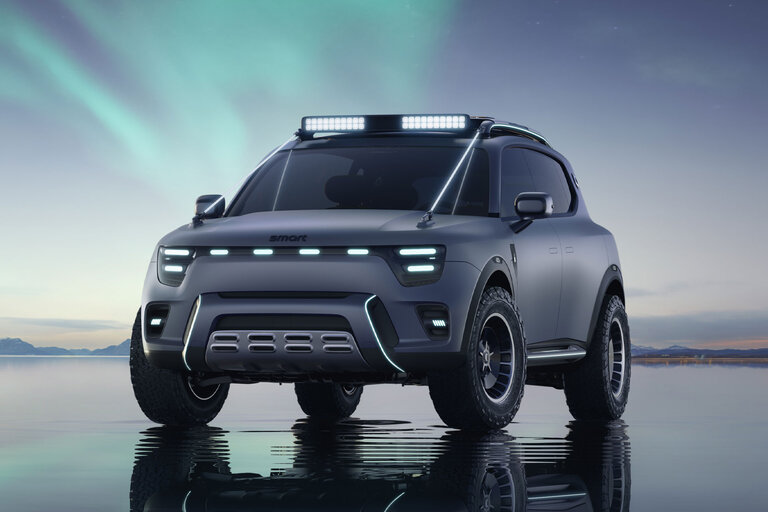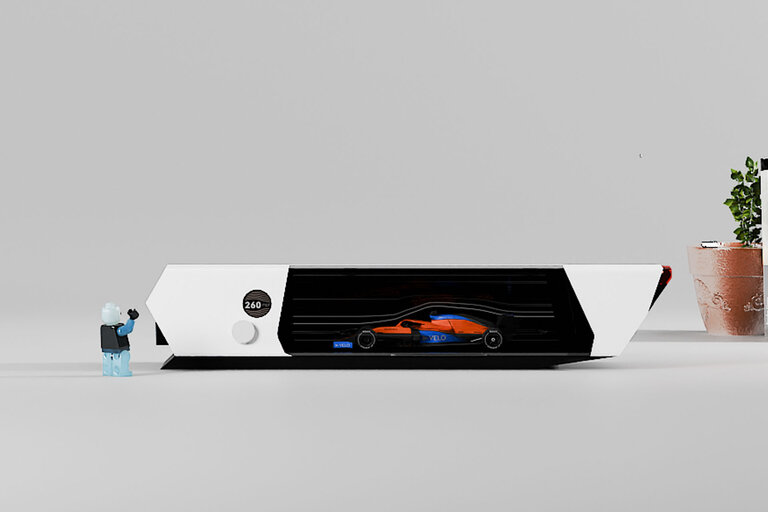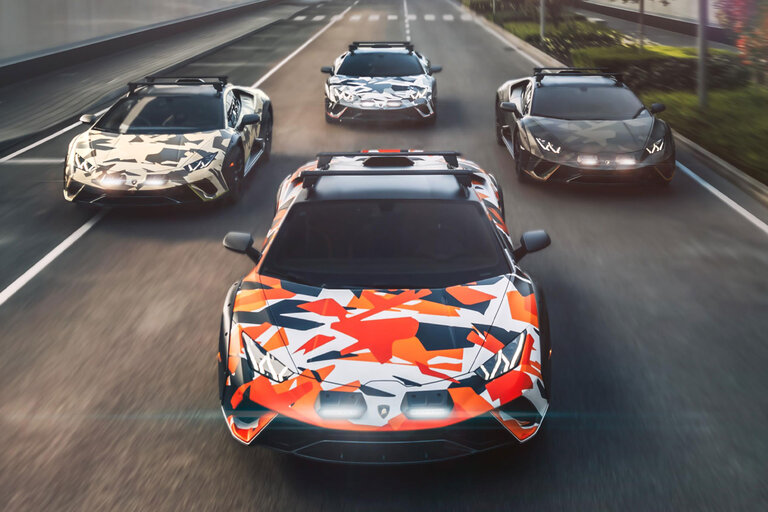
- Pontiac designer John Schinella created the exterior design of K.I.T.T., the car that starred in the TV show Knight Rider.
- The first iteration of the TV vehicle was drawn on a napkin during a meeting between Schinella and a television producer.
- While the show has been off the air for decades, it still resonates enough for actor David Hasselhoff’s personal K.I.T.T. car to fetch $300,000 at auction.
The auction hammer has come down on David Hasselhoff’s personal K.I.T.T. car. In late January, the customized 1982 black Pontiac Firebird Trans Am sold for a whopping $300,000. Much lower than initially anticipated after investigations by the auction house invalidated a few bids. But still, a nice chunk of change for a vehicle that didn’t even appear on the show. Hasselhoff must be pleased because this is the second time his relationship with the 1982 Pontiac Trans Am has paid off.
The sleek talking sports car that helped Hasselhoff’s Michael Knight character solve crimes started as almost all great designs have: with a napkin drawing.
The man behind the sketch is former Pontiac chief designer, John Schinella. His studio was in charge of the design of the 1982 Trans Am which would be tweaked by the TV show to go from production vehicle to crime-fighting companion complete with a droll personality. When Schinella wasn’t drafting future vehicles at Pontiac, he designed and remodeled houses. He was in California working on the home of Eric Dahlquist, the president of Pontiac’s West Coast public relations agency, Vista Group, when things got interesting very quickly.
“I’m there working on the deck outside his (Dahlquist) office and he rolls back the window to say, ‘hey John, you got a minute?'” Schinella took off his work belt and went inside to meet with Dahlquist and a man named Harker Wade. Wade would become supervising producer of Knight Rider. Wade said to Schinella, “I know you guys got a new car coming. We don’t know what it looks like. But we got a new TV series we’re going to do and I would like to use that new Firebird.”
Schinella drew a sketch of the Knight Rider vehicle after Wade explained what it would look like, complete with the iconic red light in the front inspired by the Cylons in the TV show Battlestar Galactica. Wade was impressed and that sketch essentially became what was presented on screen when the show premiered on September 26, 1982.
Of course, nothing is ever quite that easy. Schinella told Car and Driver that there was a lot of debate about putting the new Trans Am in a TV show as a talking car. In the ’60s, a talking car appeared in the sitcom flop, My Mother-in-Law the Car. Pontiac was concerned Knight Rider‘s chatterbox automobile would come off just as goofy.
Still, Dahlquist was sure the show would work as a drama—even with a talking car—and convinced the automaker to be part of what was to become a television phenomenon. Once that happened, Pontiac executives came around. “I think once they saw the show and how they were doing it, people liked it. I thought it was great, especially for young people,” Schinella said.
The person that paid $300,000 for a piece of David Hasselhoff’s movie memorabilia might have been one of those young people sitting in their parent’s house back on a Friday night in the mid-80s, waiting for Michael Knight to slide into the driver’s seat of K.I.T.T. and feeling a sense of wonder as the talking car and his crime-fighting human counterpart sped off to foil villainy in a 1928 Pontiac Trans Am.
This content is created and maintained by a third party, and imported onto this page to help users provide their email addresses. You may be able to find more information about this and similar content at piano.io
Source link





